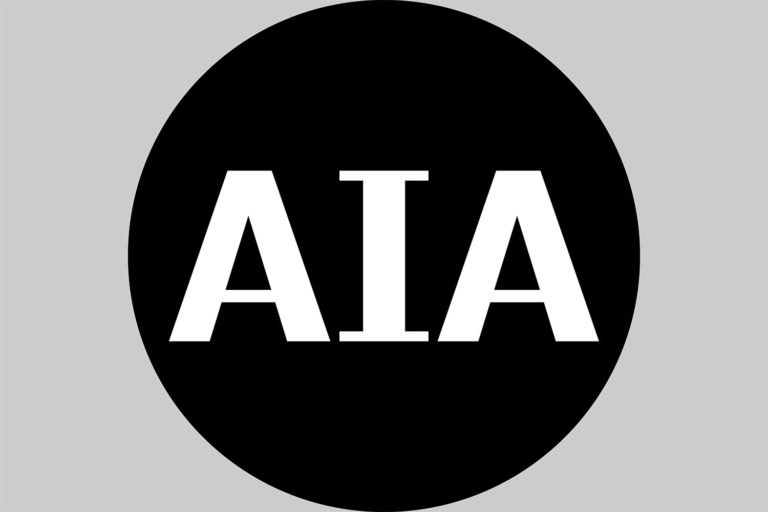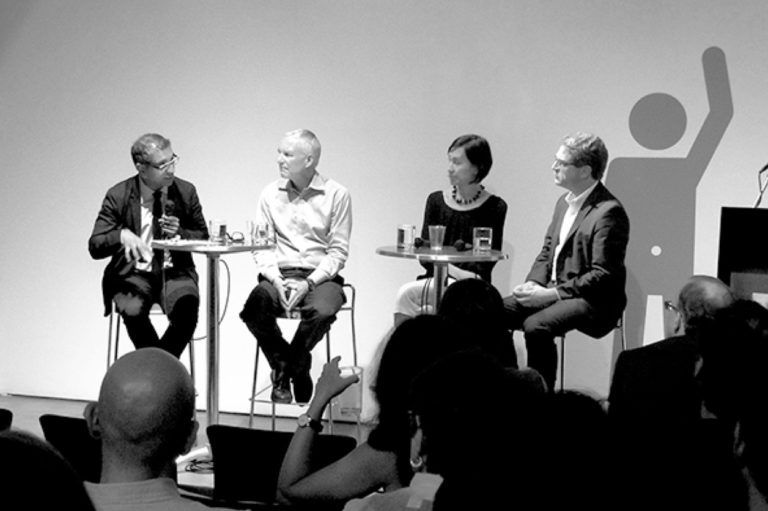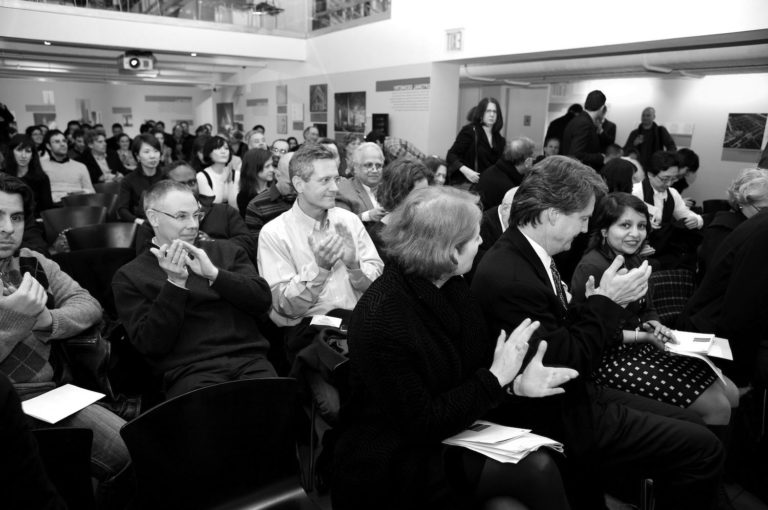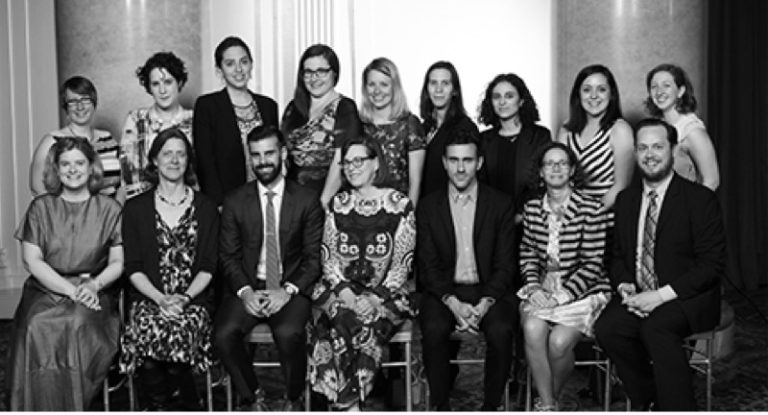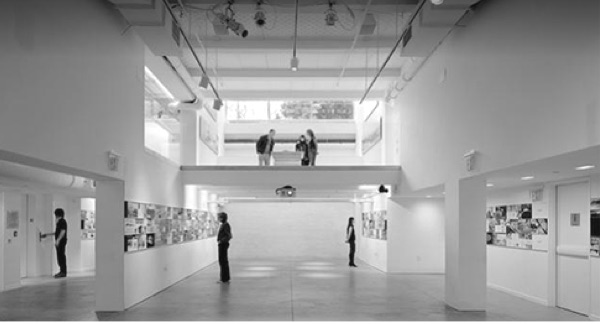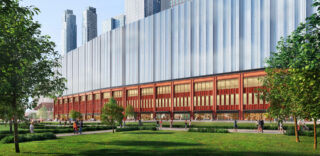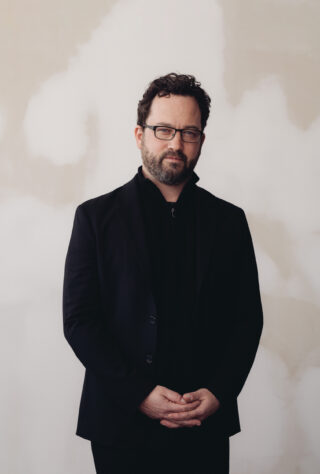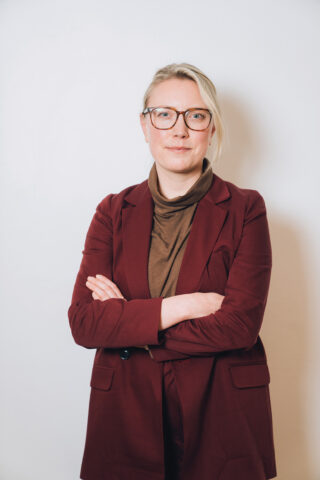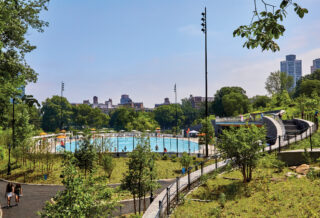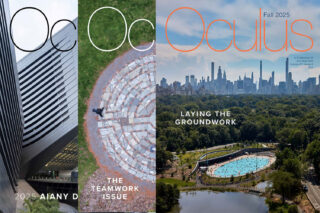
Broadway needs a big think. The campaign for a Car-Free Broadway Linear Park, or BLiP, from Columbus Circle to Union Square, is a reimagining of Broadway in five acts: Columbus Circle, Times Square, Herald and Greeley Square, Madison Square, and Union Square. With this plan, we expect the visitor experience for both locals and tourists to flow smoothly from one square to the next, and more than seven acres of public space to be created in the heart of the city’s busiest area.
BLiP was envisioned by our volunteer team, which includes urbanists, architects, and advocates for fairer street use, including myself and my co-leaders, Andrew Hyatt and Rudrika Rathore. As most city dwellers know, Broadway is very inefficient for vehicle traffic, therefore, we recommend fully pedestrianizing it. Our surveys show that very few cars use the thoroughfare—only 1% to 5% of street users are in vehicles—and this number drops further with congestion pricing. Starting on January 5, 2025, during the first six months of congestion pricing, vehicle entries into the Congestion Relief Zone in Manhattan decreased by 11%, which was over 10 million fewer vehicles than the previous year.
Our vision supports “The New New York—Making New York Work for Everyone,” outlined by a panel of 59 community and business leaders in December 2022. The plan envisions New York’s Commercial District as a vibrant 24/7 destination, enlivening “the area’s public realm through open spaces and pedestrian infrastructure.” The New York City Department of Transportation’s current design concept seems to favor vehicle traffic in shared streets with lanes for cars, parking for cars, bicycle lanes, and pedestrian paths adjacent to one another. This vision calls to mind architecture critic Karrie Jacobs’s words in The Nation: “Change occurs almost overnight but tentatively, without conviction.” In other words, we need to commit to a pedestrian-focused design.
Our proposal is also motivated by safety concerns. We recommend removing cars and parking along the entire 2.3-mile stretch of Broadway to enhance safety for everyone by creating a continuous barrier between pedestrians and bikers, and rerouting bikes away from public squares.
The introduction of cars in the 20th century transformed urban transportation and dominated city streets. Rethinking safe public spaces is essential today. Vehicles, e-bikes, and scooters pose safety risks for pedestrians and riders. Our plan includes a continuous, planted barrier to protect pedestrians and bikers along bike paths.
The BLiP plan can also support a surge in residential development. Under the proposed zoning changes, the Midtown South Mixed Use Plan is expected to add nearly 10,000 new residential units to the area, increasing demand for green public spaces and community amenities along the Broadway corridor. New Yorkers for Parks’s “Open Space Solutions” emphasizes community-led initiatives to improve, expand, and better connect parks and the tree canopy in districts lacking green space. Broadway’s 2.3-mile park and walkway will be vital for achieving open space goals. A 2017 analysis by community boards shows Manhattan has roughly 2,206 acres of designated parkland. New York City aims for an open space goal of 2.5 acres per 1,000 residents. Currently, the city ranks low in total parkland per capita.
The park and walkway would also help enhance air quality and address the increasing cases of respiratory issues, such as chronic obstructive pulmonary disease and asthma. Planting a diverse range of trees would be highly beneficial: trees help filter pollutants, improve the urban environment, and raise the overall quality of life for both residents and visitors.
As Jane Jacobs said, “Strong attention to the relationship between people and their living environment is a must.” BLiP would integrate public space with the surrounding built environment to create seamless indoor-outdoor public amenities, enhancing safety, security, perception, sociocultural engagement, and ease of movement in the process.
To date, the BLiP volunteer team has received support from the non-profit advocacy group Transportation Alternatives. Over the past few years, through active community engagement, several social events in public spaces have been organized to promote the team’s efforts, including Jane’s Walk, the Musical Bike Ride Down Broadway, and the Improv Everywhere MP3 Experiment. Presentations were given to AIA New York Chapter committees and the Community Board involved in BLiP. Going forward, our group is considering a three-pronged approach, including political outreach, scheduling meetings with Business Improvement Districts in the “Broadway in Five Acts” squares, and finding resources to advance the initial concept to the next stage of design. Please take our Street Usage Survey to make sure your voice is heard: broadwaylinearpark.nyc/blip-survey
